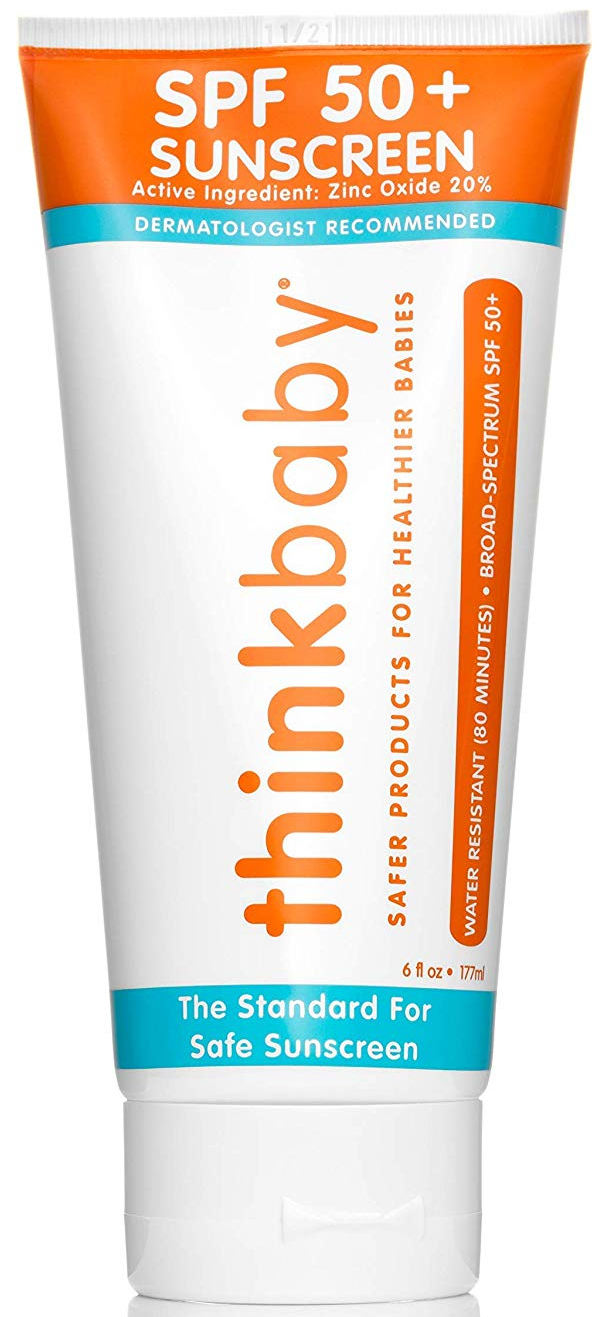
At the top of the list, you’ll find the Pipette Mineral Sunscreen - Broad Spectrum SPF 50. In doing so, we were able to narrow down the top 10 reef safe-sunscreens. We paid attention to everything from texture and residual cast to water resistance and fragrance. To save you from sifting through thousands of reviews, we went ahead and tested the 24 most popular reef-safe sunscreens. With so many reef-friendly sunscreens on the market, it can be hard to know which ones work the best. Since then, reef-safe sunscreens have become more and more popular, with seemingly endless brands entering the space. That’s why Hawaii became the first state in the US to ban the sale of sunscreen containing the coral-harming chemicals oxybenzone and octinoxate in 2018. The reason? The chemicals in your SPF can rinse off and affect the ecosystems where you swim. After all, over the past few years, people everywhere are finally beginning to understand that sunscreen is essential.īut did you know that, if you’re someone who likes to spend a lot of time in and near the water, the type of sunscreen you use is important, too. Whatever the case may be, we assume that sunscreen is part of your beachside beauty routine. If in doubt, try liberally re-applying with an SPF water spray such as Vichy Capital Soleil Solar Protective Water SPF30 Hydrating, with its lightweight and hyaluronic acid-enriched formula.Does your idea of the perfect vacation center around days spent at the beach, sprawled out on an extra-large towel with a good book, only to get up and take a dip every few hours to cool off? Or perhaps you like to take a more active approach, spending the majority of your time on a board, in the surf, or snorkeling below the surface. SPF30 lets about three per cent of UVB rays through SPF50 about two per cent.
#Reef safe sunscreen ulta skin#
I like the oil-absorbing Laura Mercier Tinted Moisturiser Oil-Free Natural Skin Perfector SPF20 UVB/UVA/PA+++ for a shine-free matte finish.Ĭhoose an SPF number based on length of time in the sun and the intensity of the sunlight, which increases with factors such as latitudinal proximity to the equator, the higher the sun is in the sky, summer season and closeness to reflective surfaces. Make-up with SPF is not enough sun protection alone. No less for high SPF.Īpply 20 minutes before heading outside and reapply every two hours (more if you are swimming or sweating).ĭon’t miss the hairline, eyelids, ears, under chin and back of neck. Sisley Super Son Solaire SPF 50+, £150 for 40mlĪpply enough: about a shot glass for the whole body and about a quarter teaspoon (1.25ml) each for face and neck.


Water-resistant and broad-spectrum formulas followed, with the FDA approving the first UVA/UVB SPF in 1988. And though ultraviolet filters had been produced since the late ’20s, their adaptation for sunscreen came only in 1974 it was then that the sun-protection factor (SPF) became the standard for measuring UVB. Modern-day sunscreen was invented in the ’40s by Franz Greiter his thick paste was named Piz Buin in honour of the mountain where he needed sun protection. Sunscreen of course goes way back: the ancient Egyptians used extracts of rice bran, jasmine and lupine plants to protect skin from sunburn indigenous Australians used mud and leaves the Greeks and Romans used an olive oil formula. And today’s best creams, make-up and sprays do double duty – providing skin-enhancing benefits alongside sun protection. In an age when our phones are also our wallet, watch and GPS, I expect intelligent, multitasking efficiency from everyday skincare as well especially SPF.


 0 kommentar(er)
0 kommentar(er)
